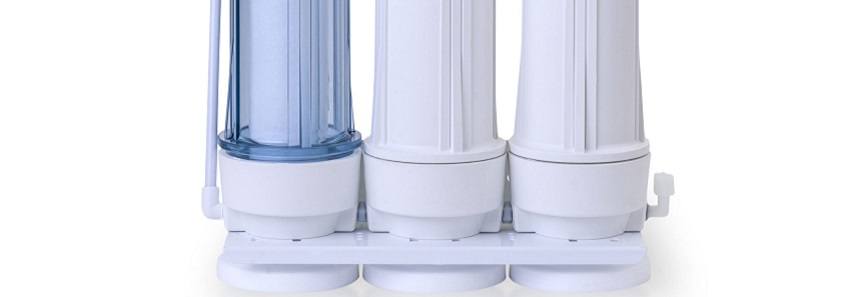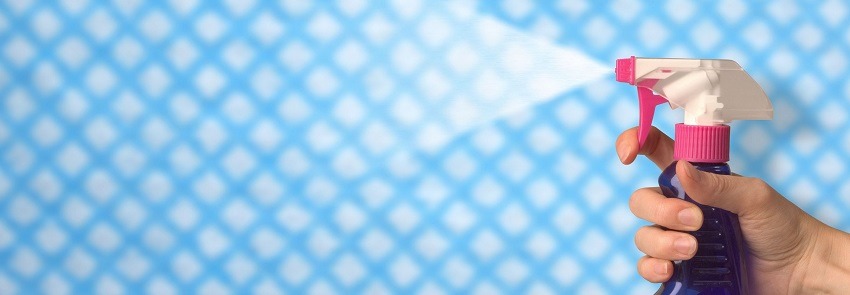All Types: compare multiple quotes from Agreed Suppliers
- Save time and money by letting us do the legwork for you
- We will look at the most suitable and competitive providers for you
- Our expert service is 100 % free with no-obligation
- Get the options to make an informed decision and get the best deal
Water coolers : Install a water cooler filter for pure, clean water
One of the main reasons why water dispensers are so popular nowadays is because they supply clean, unadulterated water. As a matter of fact, tap water is often wastewater which has been treated. Most chemicals and harmful elements have been removed, but traces remain. This is where a water cooler filter comes in handy: at home or at work, this simple, inexpensive device will guarantee you and your family (or your staff and customers) endless supplies of pure, healthy water.

Why is it recommended to install a water cooler filter?
In general, water cooler bottles contain pre-filtered and sanitized water, which means there is no need for a filter. However, plumbed-in dispensers plug directly into the mains water supply (tap water). In that case, it is recommended to install a water cooler filter, or choose a filter-equipped dispenser.
Some facts about water
Tap water comes from a number of different sources, but mainly only three: water tanks, which collect rainwater; town water from water treatment plants; groundwater from underground aquifers. In all cases, water is of course treated for sanitary reasons before being distributed to the public. But harmful elements may persist: town water and groundwater contain traces of chemicals from the industry or agricultural pesticides, while tank water is often of a low, acidic pH which can cause the development of algae and microorganisms. Besides, tap water is often purified with chlorine, which can leave an unpleasant taste.
How does a water cooler filter work?
Heavy metals (lead, mercury, aluminium), bacteria (E-coli, cryptosporidium), chlorine, dirt, rust and algae are usually measured in microns. A single strand of hair measures 30 microns. This is why you should choose your water cooler filter in accordance with your water’s quality: while 20 micron activated carbon filters will get rid of organics and sediments as well as reduce chlorine taste, only 1 micron cartridges will remove chemicals and bacteria. The best choice is to use a 0.4 micron water cooler filter, which will provide you with great tasting purified water. The smaller the micron size of the filter’s cartridge, the purer the water.
Maintenance and cost
Obviously, filtration systems must be maintained regularly to remain fully efficient. It is a simple process, which usually requires changing only the filter’s cartridge.
Maintenance frequency
In most cases, filter cartridges should be changed every 6-12 months. However, if your domestic water is very hard, limescale may clog the cartridge up, and therefore it will need changing more often.
Changing the cartridge
Each brand of water cooler filters uses proprietary cartridges. Changing the cartridge is usually pretty straightforward, as you generally don’t have to disassemble the filtration unit, but just take the used cartridge out and replace it with a new one. Manufacturers will provide instructions on how to do this.
A few prices
Activated carbon cartridges are very cheap, starting at around £7. The more technologically advanced your filter is, the pricier it will be: 1 micron cartridges range between £15 to £50, and more advanced systems like sub-micron filters may reach £100. Reverse osmosis systems, which electronically alter the water’s chemical components (without filtering it), are quite expensive (around £500).




